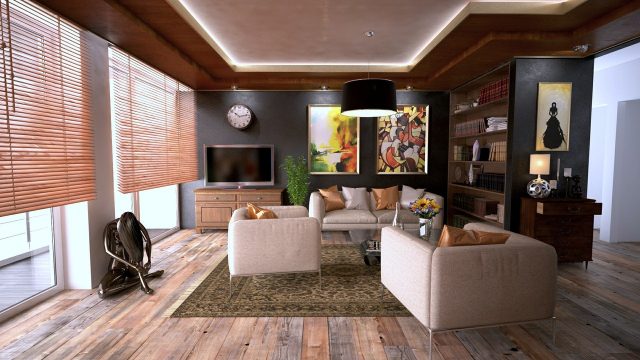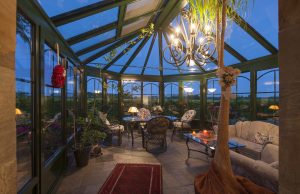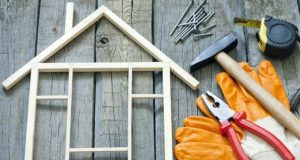
It doesn’t matter how you decorate a room, where you move the furniture or what you add, if your flooring isn’t right the room will never feel complete or perfect. Flooring is probably one of the most important things when either building or renovating and is one of the easiest things to get wrong. Flooring is often expensive, permanent or a takes a lot of extra time and money to replace if you make a mistake, so it is important you get it right.
The most common flooring options are timber flooring, carpeting or tiled floors. If deciding on which floor to choose wasn’t hard enough, you also have to decide on the specifics and models of floor, the style, colour, width and layout. Choosing flooring can be overwhelming here are a few facts and tips to make your decision easier.
Why Timber Flooring
Timber flooring is a great way to modernise your home, you are able to create a unique feel and atmosphere with timber flooring. It can open a space or create a more intimate and cosier setting. With timber flooring there is no shortage of styles to choose from. Meaning you can find a style that suits your needs and will create the best look for the room.
Another benefit and reason to use timber flooring is the fact it adds values to your home. As it requires little maintenance, is durable and doesn’t date, timber flooring appeals to a larger selection of buyers when selling. Utilising timber flooring can create a modern and high-end look and feel to your home, increasing its value and chances of making a profit.
Timber flooring requires little maintenance meaning it is perfect for young families, unlike carpet you don’t have to worry about spills or staining, providing a peace of mind to families with young kids.
There is also a lot of versatility with timber flooring; you can incorporate heating to add an extra level of comfort. An added bonus of timber flooring is how easy it is to repair. To repair all you have to do is sand back the top layer and reapply the finishing coat.
Timber flooring provides benefits not only in style; it adds value while also being hassle-free in maintenance.
How to choose timber flooring:
The first step when choosing timber flooring is to understand the size of the room . Timber flooring has the ability to transform spaces if done correctly. If you have a smaller space it is typically best to select lighter timber. You should also take into account the humidity of the room; timber is able to absorb moisture so it is important you discuss your options with an installer to achieve the best results.
Colour is one of the hardest decisions to make. There are timbers with more golden tones, or darker timbers that provide a burnt or chocolate coloured finished. For a more contemporary look, Victorian Ash is a great choice, it creates a lighter softer feel to the room allowing the furniture and painting to be the features.
The grade of timber determines the level of natural features used within the flooring and the type of timber used. There are three main categories; natural/feature grad, standard or select grade. You can also vary in grain between straight or mixed grain. This will determine what timber is being used and also affect your colour choices.
Benefits of Sanding Your Commercial Wood Floor:
A floor that has lost its shine is nearly impossible. It will still appear dirty, no matter how well and often you clean it. Moreover, it is detrimental to business. Cleaning your commercial floor will take less time if you sand it. It will make cleaning the floor a breeze and help you save money on cleaning supplies.
Reduces maintenance: After the floor has been sanded and refinished, you won’t need to do any more work on it.
The wear and tear on wooden floors are typically significantly higher in a commercial setting than in a home. A high rate of foot traffic combined with a lack of upkeep and care can quickly result in a worn-out floor. You’ll need Commercial Wood Floor Sanding Manchester for your commercial area.
ADVANTAGES/DISADVANTAGES of Each Type
It is important to know the advantages and disadvantage of each type of flooring.
Advantages
- Adds value to your home
- Easy to maintain
- Comes in a range of styles, colours, widths and looks
- Easy to clean
- Durable
- Easy to fix
- Modern- won’t become dated
- Can be used with heated flooring
Disadvantages:
- Can be expensive
- Isn’t appropriate for all areas
- Doesn’t absorb sounds
- Insulator – generates warmth
- Large Selection- colour, feel, lengths
- Absorbs sounds
- Cheaper
- Safety- unlikely to slip on carpet
Disadvantages
- Can look dated
- Stains easy
- Requires regular maintenance
- Captures dust- allergies
- Durability- becomes worn down in high traffic areas
Advantages:
- Water resistance
- Easy to clean
- Large amount of style options
- Durable
Disadvantages:
- Styles can look dated
- Is a hard surface – not comfortable
- Is cold- doesn’t provide warmth.
Timber Flooring Industry
Timber flooring is increasing in popularity and with new designs being released timber is becoming the top choice in flooring. There has been an overall increase within the industry since 2011 with Laminate flooring becoming the top seller within the market, due to affordability and eco efficiency.
Research has shown that although there has been an increase in popularity within the industry for timber flooring, not all flooring has followed this trend. Suppliers play a large role in the quality of flooring, like all products some suppliers produce a higher quality product. This has been identified in the flooring industry; variations in popularity and growth within the market have been determined by suppliers. It is predicted that timber flooring will continue to rise in demand and popularity, although alternative flooring methods will remain dependent on affordability and suppliers.
With so many options available it’s important you talk to your installer, visit their showrooms to compare different styles and products. Looking at displays is the best way to visualise the room and also find the type of timber that will fit best with the room and style of your home













